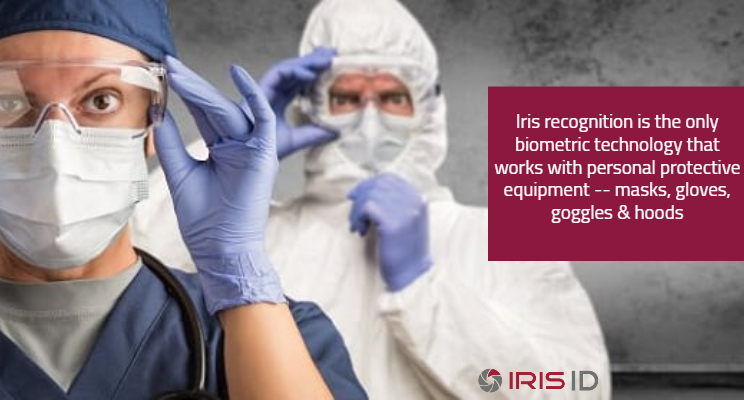By Mohammed Murad
Recently, we’ve seen video and photos of healthcare workers wearing personal protective equipment (PPE) — gowns, gloves, masks and goggles – to help protect themselves against COVID19 infection. However, healthcare isn’t the only industry relying on PPE to safeguard employees. PPE is commonly used in the manufacturing, mining and construction industries, and by first responders and many other professionals.
While absolutely necessary to protect employees, PPEs create major problems for some biometric devices used to authenticate peoples identify as they enter restricted areas. Gloves interfere with fingerprint readers. And in today’s COVID-19 era, no one wants to remove gloves and place their hands on a reader previously used by scores or hundreds of other people.
Facial readers are contactless, but masks, goggles or helmets may greatly reduce the accuracy of the recognition software. That can lead to the rejection of authorized people and others with no legitimate business in the area being allowed to enter.
Iris-based authentication is also contactless. And it is also not impacted by PPE — including tinted glasses or contact lenses. Using the iris to identify people eliminates the potential spreading of disease while still maintaining security protocols. There’s no need for employers to make a choice between their employees’ well-being and facility security.
Learn more about our many solutions and how they are used for everything from access control to time and attendance and many other uses.
(Mohammed Murad is vice president, global sales and business development)

